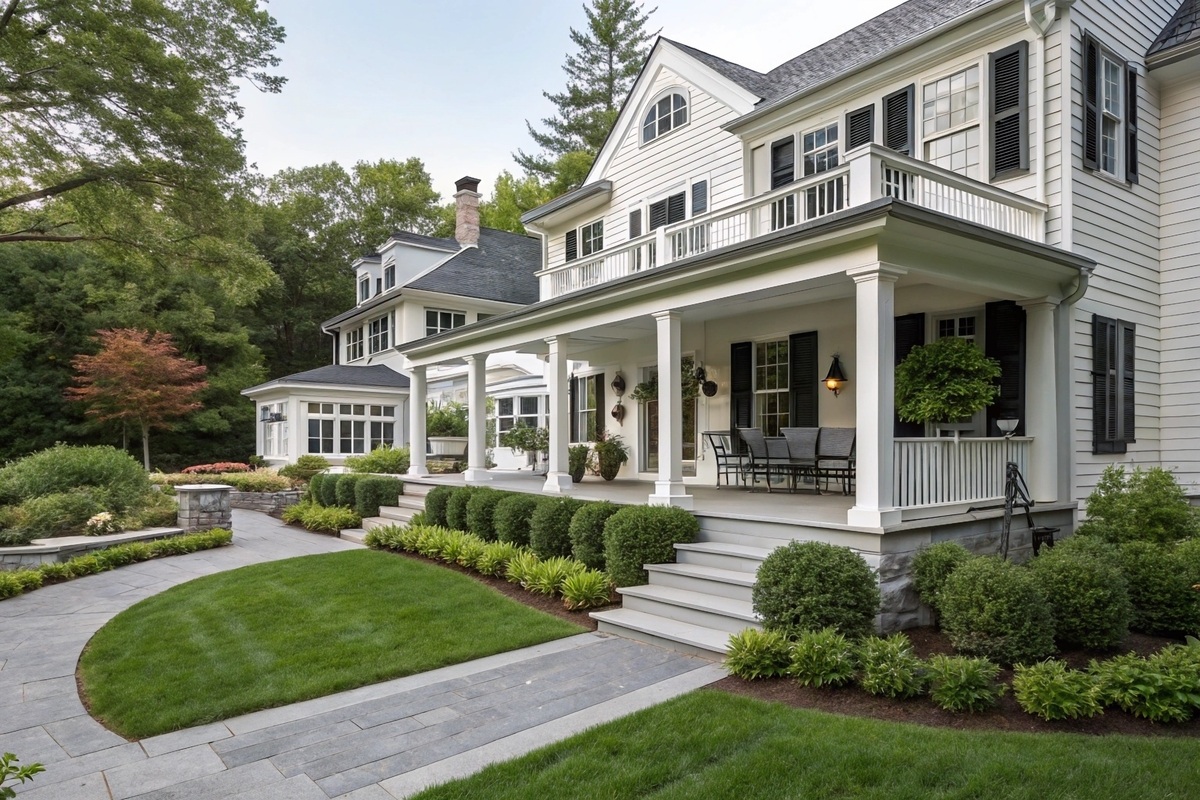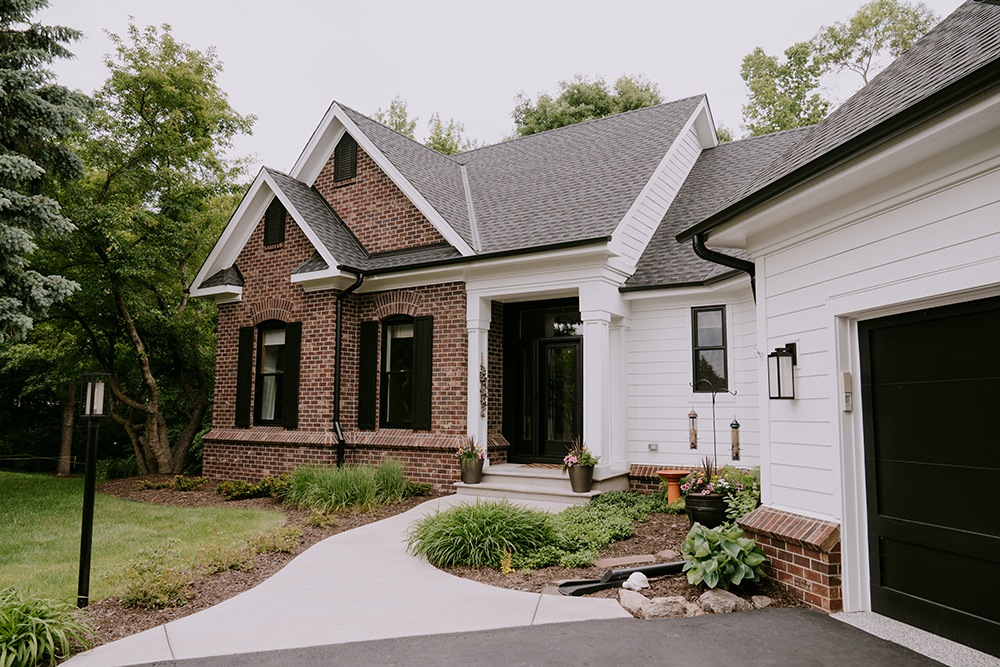The material you choose for your porch affects everything from appearance to long-term durability. Wood, composite, and PVC each offer different levels of maintenance, strength, and cost. The amount of sunlight and moisture your porch will face should guide your decision. In this guide, we explain how to compare each material for your porch and choose one that fits your goals.
Explore Your Options In Person
Get Samples and See the Materials Up Close
The best way to choose the right material for your porch is by actually seeing and touching your options. At Craftsman’s Choice, we always recommend getting multiple samples and visiting local lumber yards or suppliers. These showrooms often have areas where you can:
- Hold the decking material
- Walk on it to test texture and traction
- See how different colors and finishes look in natural light
This hands-on approach gives you a much better feel than flipping through a catalog or browsing online. When you see the materials in person, you’ll get a real sense of how they might look and feel on your own porch.
Factor in Sun and Weather Exposure
Covered or Exposed? It Matters.
One of the first questions we ask when designing a porch is: how exposed will it be to the elements?
- Covered porches can handle a wider variety of materials, including some wood options that wouldn’t last as long if constantly exposed to rain or direct sun.
- Uncovered or partially covered porches need materials that can stand up to Minnesota weather. In those cases, we often suggest a composite material to reduce future maintenance and protect your investment.
Weather exposure should directly influence what porch material you choose. Think long-term—what will look good now and still hold up five or ten years down the road?
Railings Matter Just as Much
Choose a Railing That Complements Your Decking
Many homeowners focus so much on flooring that they overlook the importance of railings. But railings play a big part in both safety and style, and they’re exposed to just as much weather as the rest of your porch.
Here are a few railing materials we often work with:
- Aluminum: Durable, low maintenance, and sleek. We’ve seen more homeowners choose this lately because it holds up well and requires very little upkeep.
- PVC: Another low-maintenance option with lots of color choices.
- Wood: Classic and beautiful, but be ready for regular sanding, staining, or repainting if it’s exposed to the elements.
Aluminum railings, in particular, have become a popular pick because they don’t need the constant scraping and refinishing that wood does. They also blend well with a variety of porch styles.
Match the Material to the Design
Aesthetic and Application Should Work Together
The material for your porch should do more than just survive the weather—it should fit the look and feel you’re going for. We always tell our customers that design should guide your decisions.
Ask yourself:
- What color and texture do you want?
- Will it match the rest of your home’s exterior?
- What kind of exposure will it have to sun, rain, and snow?
- Do you want something modern, rustic, or traditional?
The goal is to select materials that not only perform well but also look great doing it. After all, your porch should be a space you’re proud of—a place to relax and entertain, not just something you’re stuck maintaining.
In Summary
Choosing the best material for your porch doesn’t have to be overwhelming. If you keep in mind how much sun and weather the area will get, test samples in person, and prioritize design and durability, you’ll make a decision that’s right for your home and lifestyle.
At Craftsman’s Choice, we’re here to help guide you through that process with expert recommendations and hands-on experience. If you’re ready to create a porch that’s built to last and made to enjoy, contact us.



















